How to find a website's SEO keywords and what tools to use
Want to learn how to uncover SEO keywords like a pro?
I’m Natalia the creative mind behind Green Studio, where we sprinkle a dash of magic on websites to help industry leaders and online service providers shine online. Today, we're diving deep into the mysterious world of SEO keywords, unlocking the secrets to attracting dream clients and boosting your online presence.
Are you feeling lost in the vast digital jungle of SEO, unsure of where to start or which tools to trust? You’re in the right place! I’ll share with you exactly how to master the art of keyword research and equip you with the knowledge and tools needed to conquer the SEO world without overcomplicating your content strategy.
What are keywords?
Keywords are the secret sauce of the digital world – they are the words and phrases that users type into search engines to find what they're looking for. By strategically incorporating relevant keywords into your website content, you can boost your visibility and attract your ideal audience on auto-pilot, and the best, with free organic traffic from search engines..
What is website SEO?
Website SEO, or Search Engine Optimization, is the practice of optimizing your website to rank higher in search engine results pages. It's like giving your website a shiny beacon to attract visitors who are actively seeking the products or services you offer.
Why is website SEO important?
By mastering SEO, you can ensure that your website stands out amidst the crowd, driving organic traffic, and increasing your chances of converting visitors into loyal clients. It's the key to unlocking the full potential of your online presence.
It’s also very important because if you don’t optimize your website for SEO, no one will ever find it, and you’ll never get organic traffic from Google. This happened to me with my first website, and it sucked and since then I became obsessed with learning how to drive traffic to websites, and here we are enter web design and blogging nerd who ditched her full time job, thanks to, HER WEBSITE! �55357;�56907;♀️

How to find what keywords a website is ranking for?
Ever wondered what keywords your competitors are using to steal the spotlight? With the right tools, you can peek behind the curtain and uncover their keyword strategies. By analyzing their keyword rankings, you can gain valuable insights to inform your own SEO tactics and stay one step ahead in the digital race.
Here is exactly to stalk your competitors website traffic
Step 1 - Pick one keyword research tool like Ubersuggest
I actually prefer Ubersuggest vs all other tools because of the simplicity it brings to your life and the insanely valuable tips you get from Neil in your inbox!
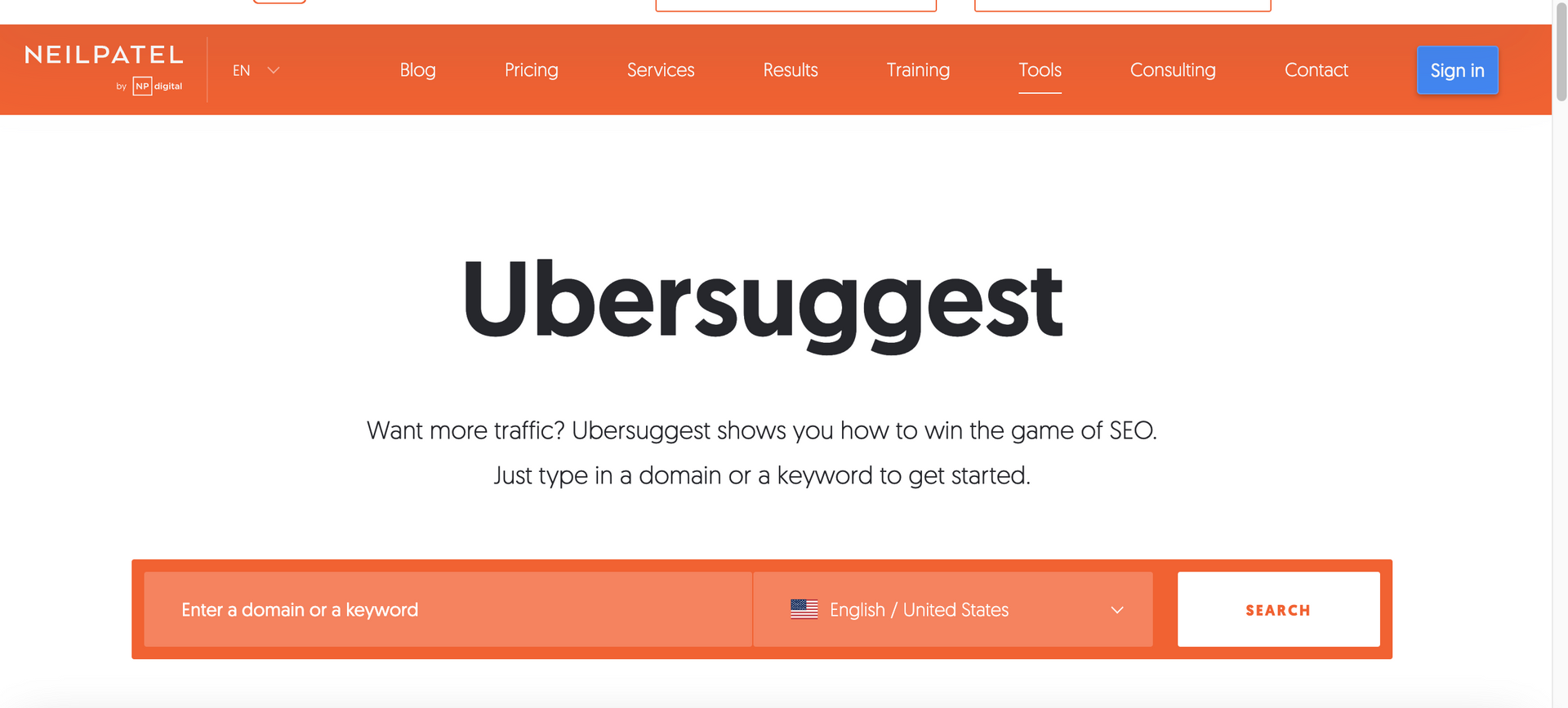
Step 2 - Plug your competitor’s website
Here is where you don’t need to copy what others are doing, remember you are a leader. Performing keyword research on a competitors will give you perspective on what is working for them, but that doesn’t mean their blog strategy is correct, driving relevant traffic or helping them sell their services. A lot of people don’t know how to blog correctly, so you should not be copying keywords from other sites just because you feel you need to.

Step 3 - Check the data of the top keywords that are driving traffic along with the blog posts
Here is the interesting part, the thing I like most about Ubersuggest is that you can see the traffic that is coming from other sites, and when you search for a specific keyword you can also analyze if that specific keyword despite having a ton of searches, actually drives traffic �55358;�56617;
So you see? Picking your keywords does not have to take more than 1 hour per week if you learn to use simple SEO & rinse and repeat.
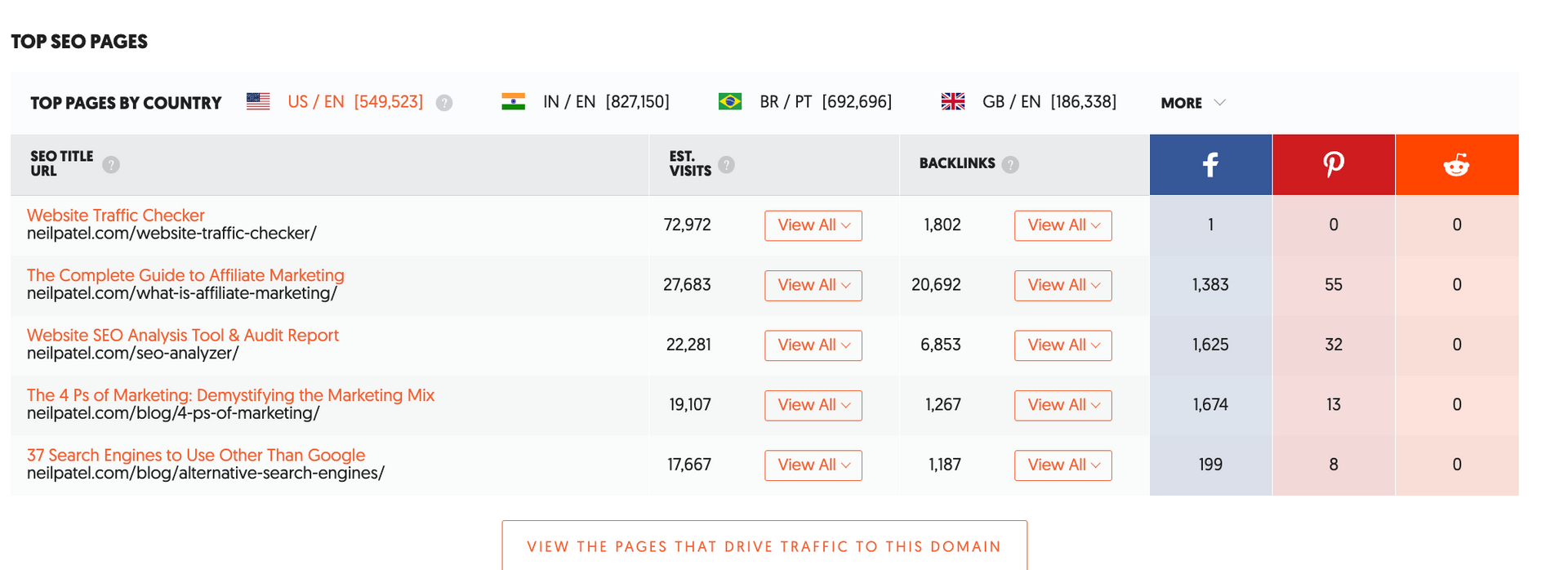
Free and paid keyword research tools:
Ubersuggest:
Ubersuggest offers comprehensive keyword research capabilities, including keyword suggestions, search volume data, keyword difficulty scores, and competitive analysis. It also provides insights into backlinks, domain authority, and content ideas.
Investment
: one time purchase, or monthly subscription tiers
Free Version vs. Paid Version: The free version of Ubersuggest offers limited access to keyword suggestions and search volume data. In contrast, the paid version unlocks advanced features and it is totally worth it, here’s whats included:
- 300 searches / day
- 7 domains
- 150 tracked keywords / domain (this part is insanely helpful because you can track your website keywords and keep track of your blog strategy this way)
- 10 competitors / domain
- 5,000 page scans / domain
- 2 users (helpful as well if you plan on having a VA or copywriter to help you with your content strategy)
This is what the tool looks like:
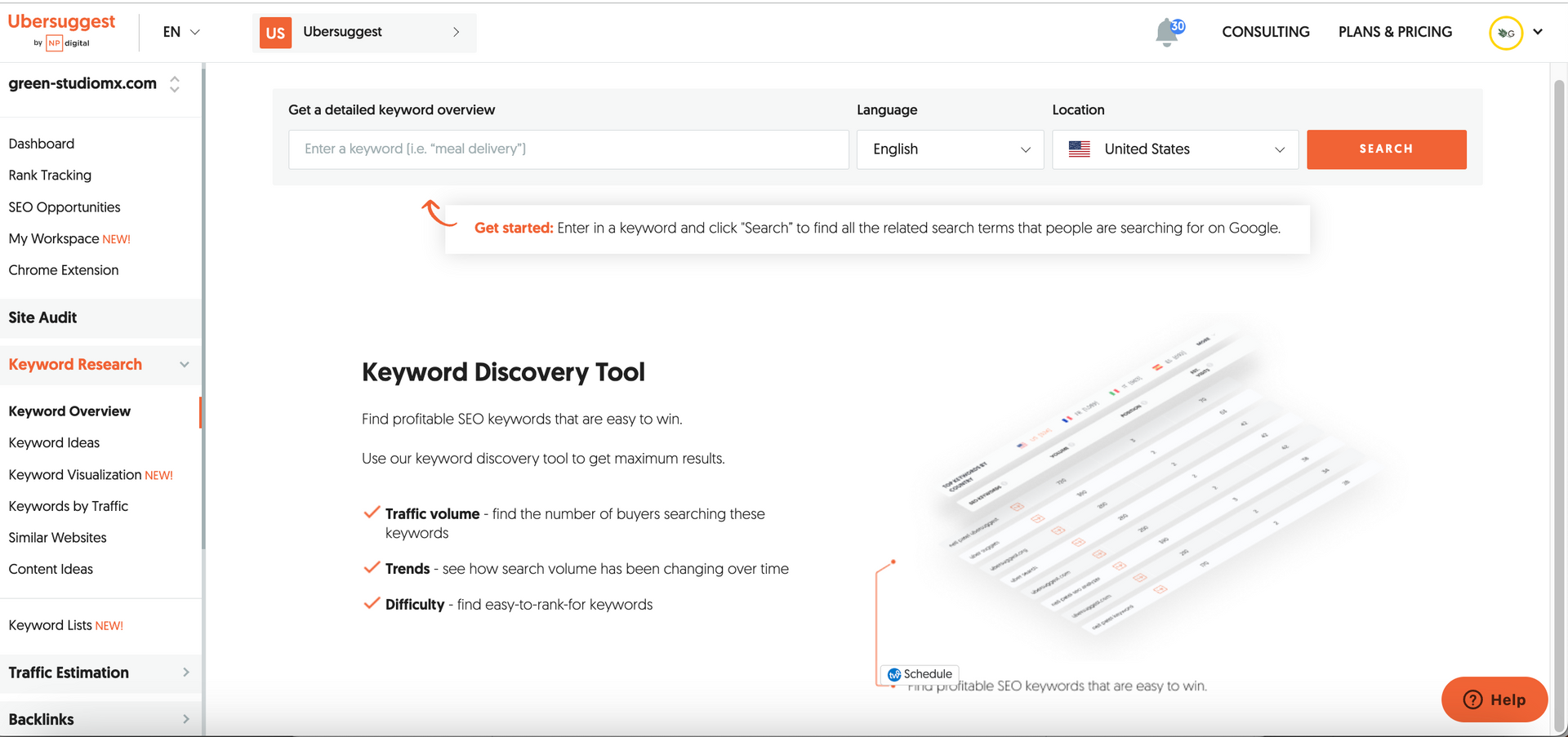
Rank IQ:
Rank IQ (affiliate link) is a powerful keyword research tool that helps you identify high-value keywords with low competition. It provides keyword suggestions based on AI, the estimated time to rank, and my favorite part is the headline optimizer which tells you how to structure your headlines for boosting your possibility to rank on page 1!
However this tool does require a learning curve, I am not even finished with learning how to use it fully, but it is insanely valuable and I am using it in my business actively too!
Investment : monthly subscription based on search reports starting at $49/month
This is what the tool looks like:
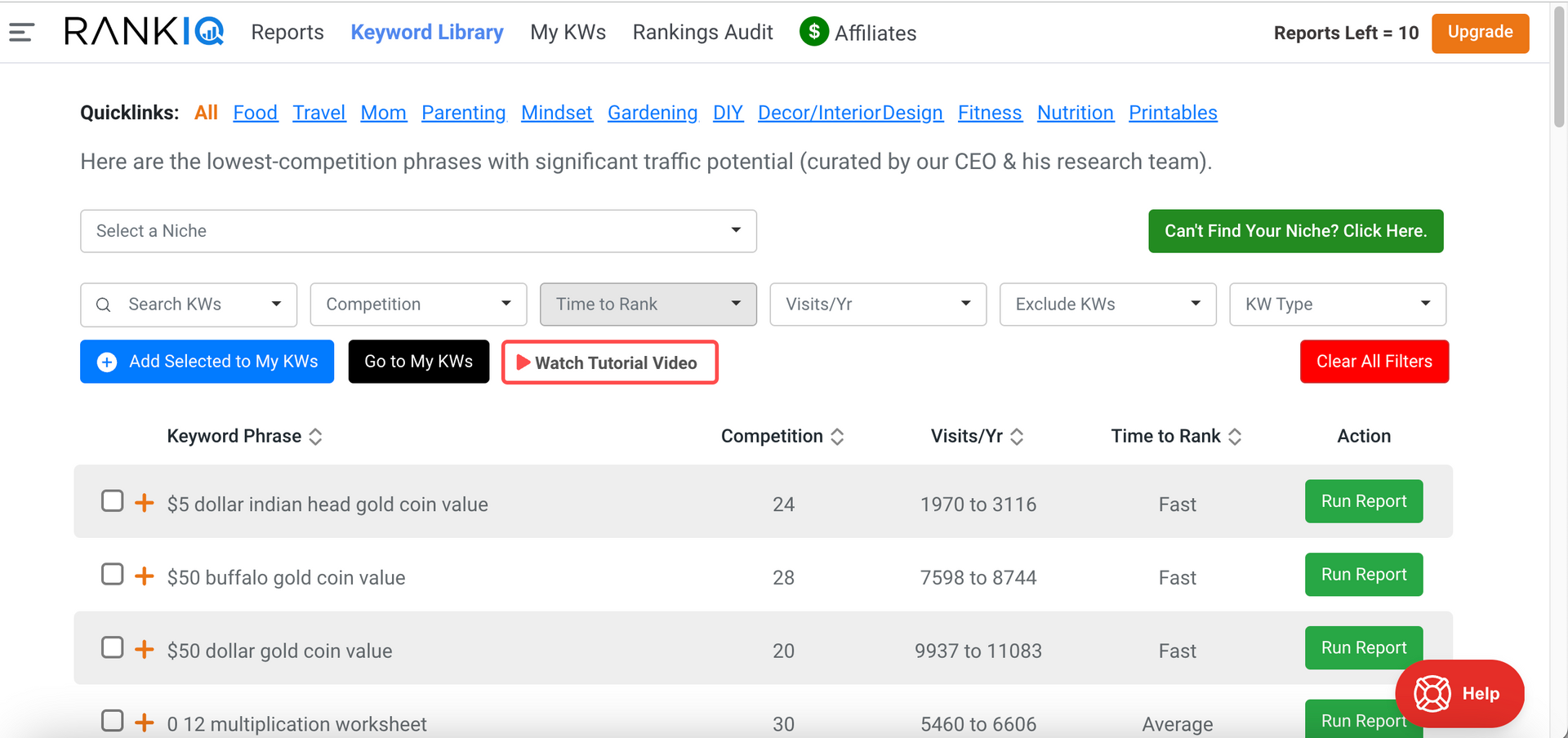
Moz:
Moz is an all-in-one SEO toolkit that offers keyword research, site auditing, backlink analysis, rank tracking, and more. With Moz, you can uncover valuable keyword opportunities, analyze competitors' strategies, and track your website's search performance over time.
Investment : monthly subscription based on tiers starting at $99/month
I haven’t used this tool, but this is how it looks like:

SEMRush:
SEMRush is a robust SEO toolkit that offers keyword research, competitive analysis, backlink analysis, site auditing, and more. It provides detailed insights into organic and paid search strategies, helping you identify new opportunities and optimize your website effectively.
This particle tool is overwhelming, compared to Ubersuggest, I decided to not use it. It does have extra features that Ubersuggest doesn’t have, however I didn’t love the user interface or feeling overwhelmed about making quick SEO decisions.
Investment : monthly subscription based on tiers starting at $129/month
This is what the tool looks like:
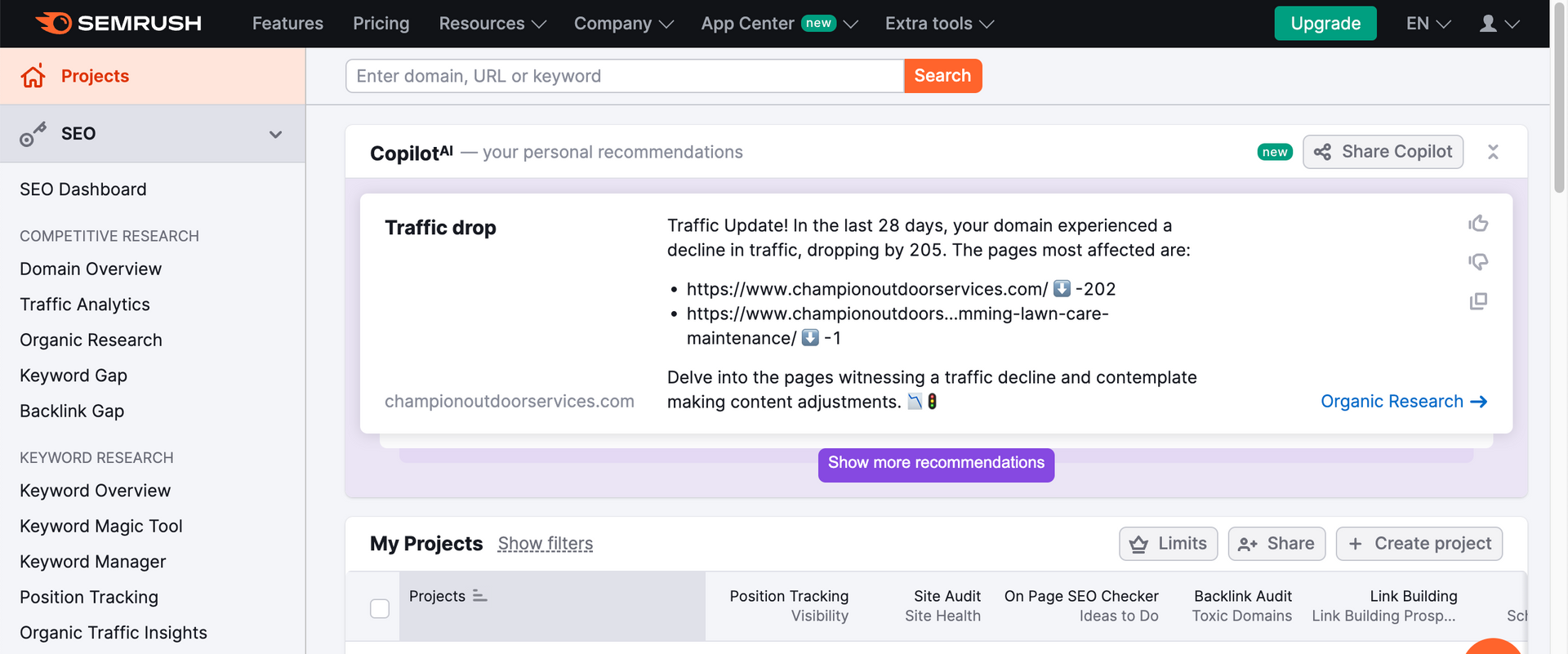
Ahrefs:
Ahrefs is renowned for its comprehensive backlink analysis capabilities, but it also offers powerful keyword research tools. With Ahrefs, you can uncover keyword opportunities, analyze competitors' strategies, and track your website's search visibility over time.
Investment : monthly subscription based on tiers starting at $129/month
I haven’t used this tool, but this is how it looks like:
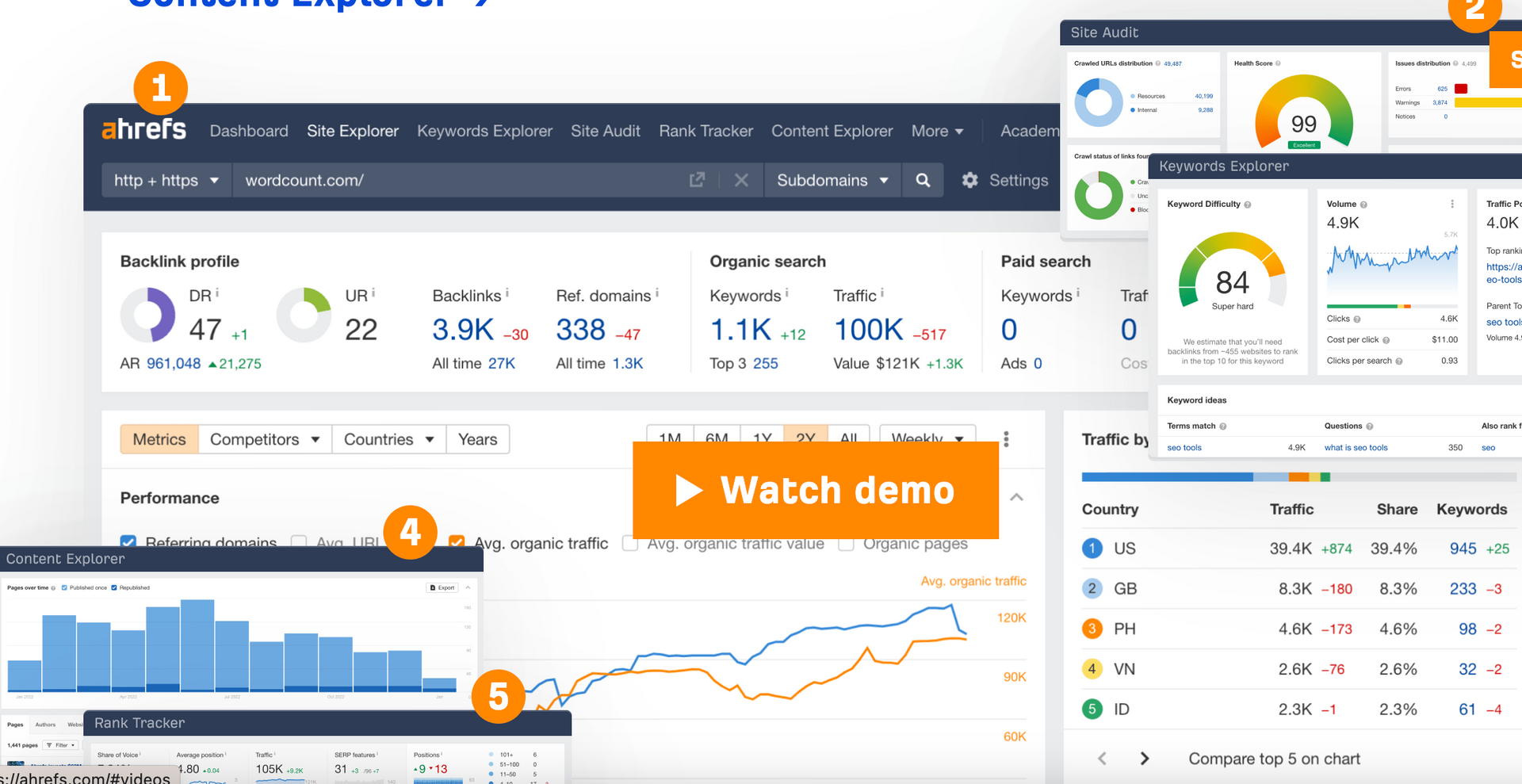
Remember, SEO is not just about ranking higher – it's about connecting with your audience, sharing your unique story, and making a lasting impact
By prioritizing user experience, creating valuable content, and staying true to your brand identity, you'll not only climb the search engine ranks but also build a loyal following and foster genuine engagement. So, as you embark on your SEO journey, keep in mind the importance of authenticity, empathy, and relevance in delivering an enriching experience for your audience.
Related reads:
- How to start a blog for beginners
- 100 profitable blogging niches
- How to use Pinterest to start driving traffic to your blog
- 6 ways to get clients without using social media
- How to price your services and push money mindset blocks away
- Your dilemma answered: Organic vs paid traffic
- 29 Online networking groups for female service providers

* AI Disclosure: This content may contain sections generated with AI with the purpose of providing you with condensed helpful and relevant content, however all personal opinions are 100% human made as well as the blog post structure, outline and key takeaways.
* Affiliate Disclosure: Some of the links on www.nataliamaganda.com may contain affiliate links meaning that I will get a commission for recommending products at no extra cost to you.

hello! i'm natalia
Latina, web design expert for mental health professionals.
I help ambitious life coaches, therapists and holistic leaders amplify their magic, gain visibility, and simplify their marketing efforts through strategic web design and content.










